Photos: Sandy's Wreckage, Now a Playground

Zucker Natural Exploration Area, Prospect Park
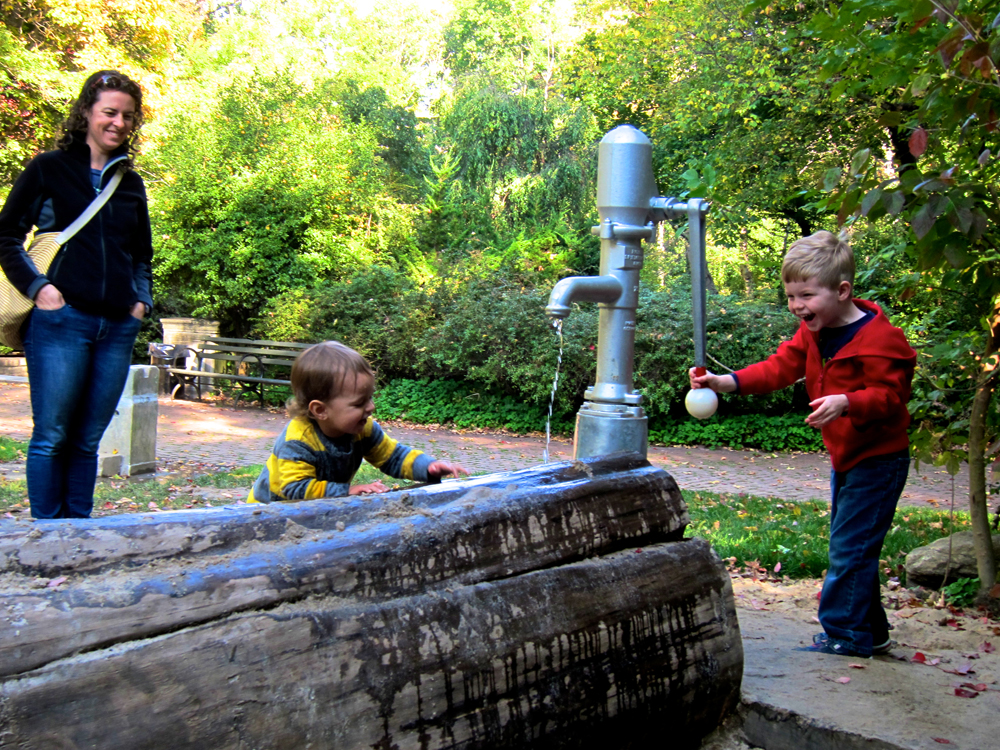
The Zucker Exploration Area opened in mid-October in the northeast corner of Brooklyn's Prospect Park. Kids take turns pumping water into the ridges of this trunk that was toppled by Sandy. The youngster in the striped shirt figured out that, if he clumped sand from the ground into the ridges, he could create small dams that would allow "lakes" to form.
Zucker Natural Exploration Area, Prospect Park
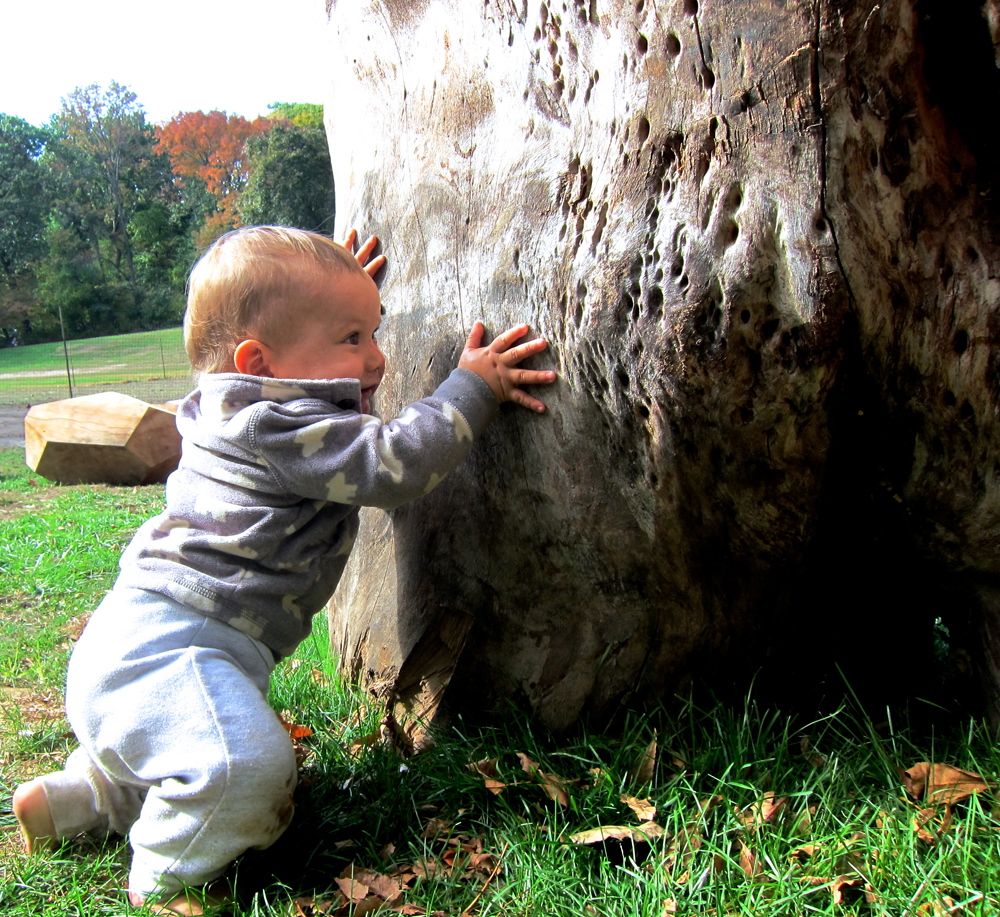
This youngster's due date was Monday, October 29, 2012 – the day Hurricane Sandy hit his soon-to-be home of New York City. To his parents' relief, he managed to hold a couple of days longer, and was born in early November. Here, he hoists himself up as he studies the different shapes and textures of this Sandy trunk.
Zucker Natural Exploration Area, Prospect Park
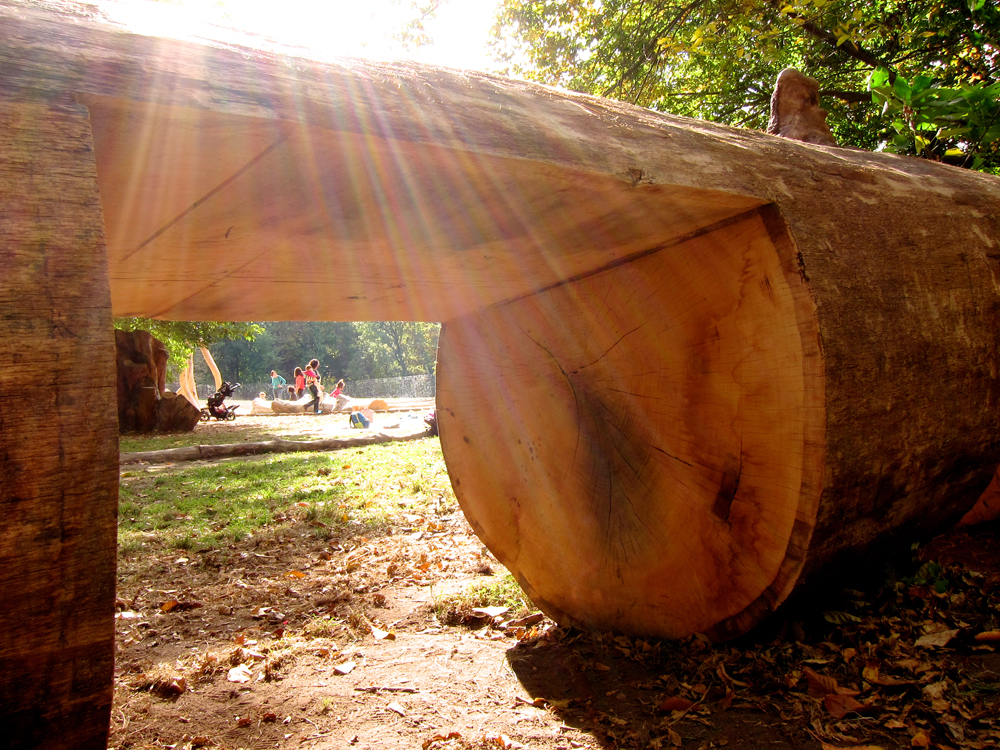
Prospect Park employees carved out this trunk to create a hide-out for kids to crawl inside and examine the tree's growth bands.
Zucker Natural Exploration Area, Prospect Park

These upside-down trees have had their limbs sawed off so that they can rest flat on the ground.
Zucker Natural Exploration Area, Prospect Park
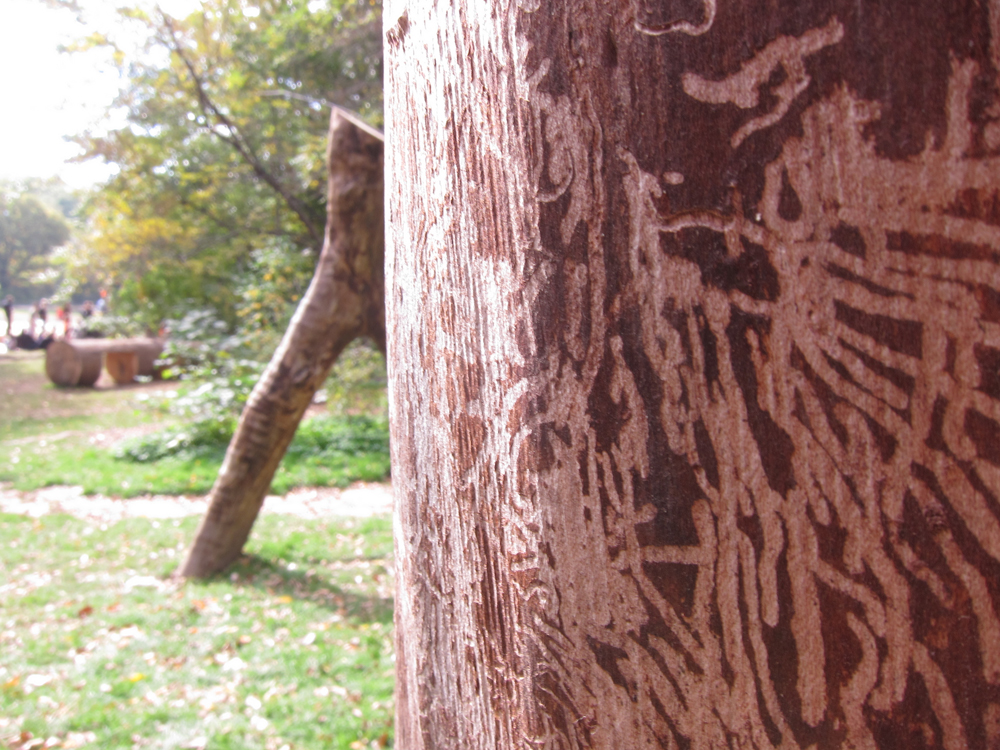
When Prospect Park employees de-barked these trees, they found sprawling patterns of insect burrows.
Brooklyn Botanic Garden
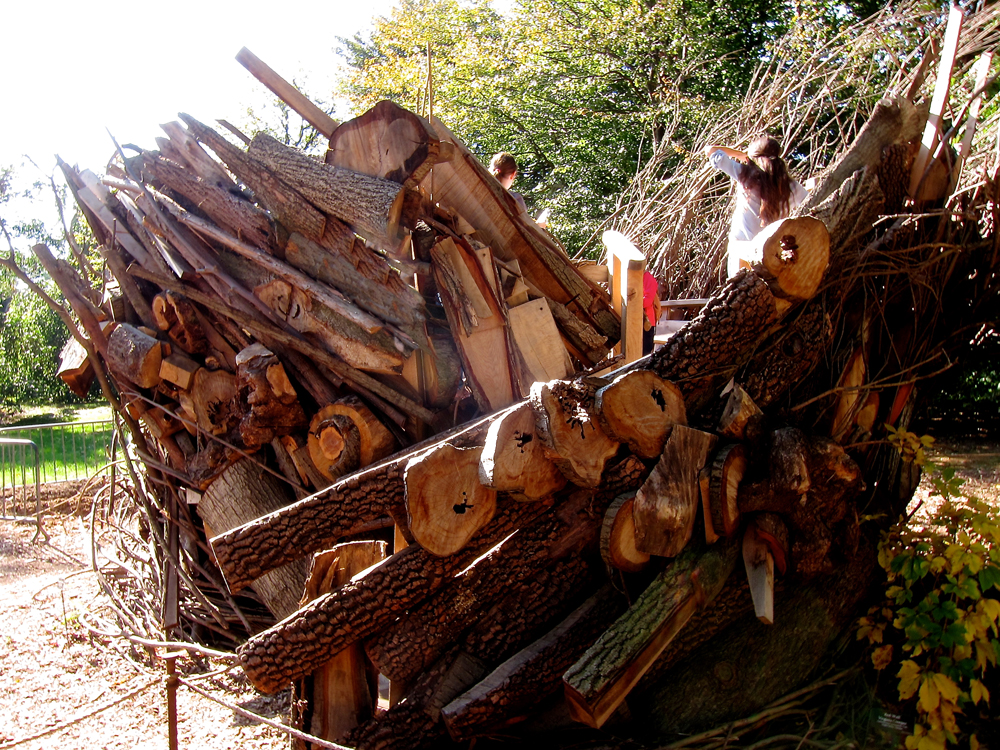
Manhattan treehouse artist Roderick Romero built this nest-like structure out of limbs that Sandy blew to the ground in the Brooklyn Botanic Garden. Romero told LiveScience that it is meant to look like a nest that blew to the ground during the storm.
Brooklyn Botanic Garden
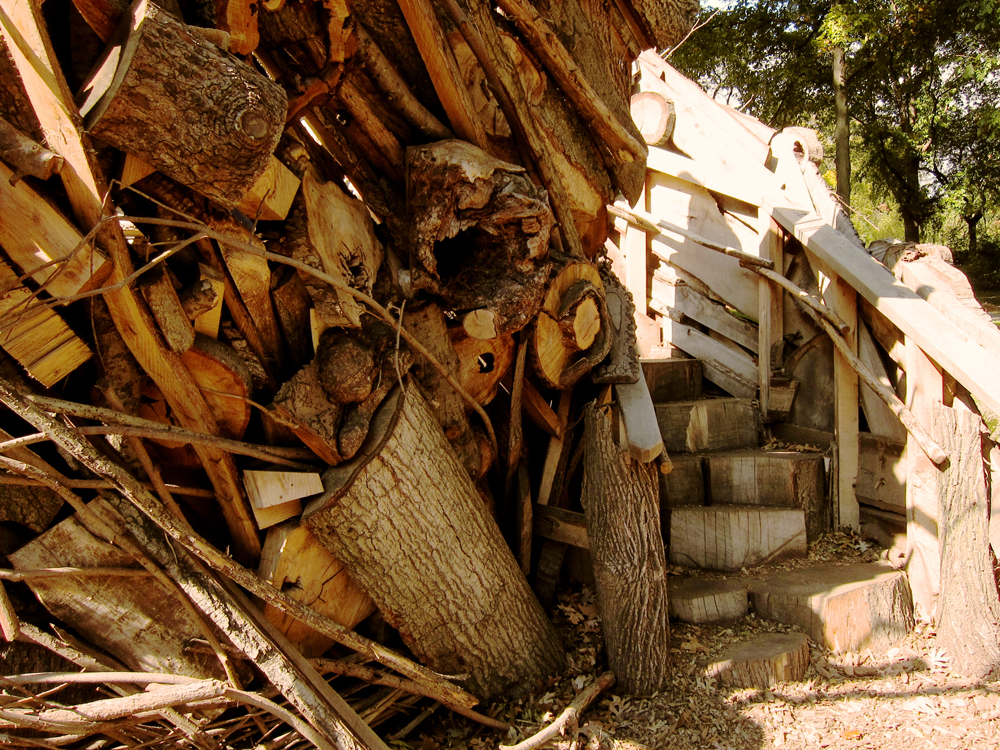
The nest incorporates 14 different species of wood.
Get the world’s most fascinating discoveries delivered straight to your inbox.
Brooklyn Botanic Garden

Romero hopes the structure will engage children, since it offers a hands-on experience that is hard to find elsewhere in the garden.
Brooklyn Botanic Garden

The nest also offers adults a quiet place to sit in garden. Sometimes Romero takes a seat on the benches he designed, and chats with visitors about their perceptions of the installation.



